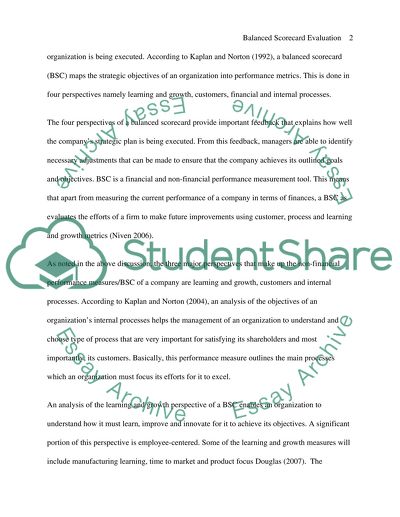Cite this document
(“Balanced scorecard evaluation Essay Example | Topics and Well Written Essays - 2000 words”, n.d.)
Retrieved from https://studentshare.org/finance-accounting/1430230-balanced-scorecard-evaluation
Retrieved from https://studentshare.org/finance-accounting/1430230-balanced-scorecard-evaluation
(Balanced Scorecard Evaluation Essay Example | Topics and Well Written Essays - 2000 Words)
https://studentshare.org/finance-accounting/1430230-balanced-scorecard-evaluation.
https://studentshare.org/finance-accounting/1430230-balanced-scorecard-evaluation.
“Balanced Scorecard Evaluation Essay Example | Topics and Well Written Essays - 2000 Words”, n.d. https://studentshare.org/finance-accounting/1430230-balanced-scorecard-evaluation.


